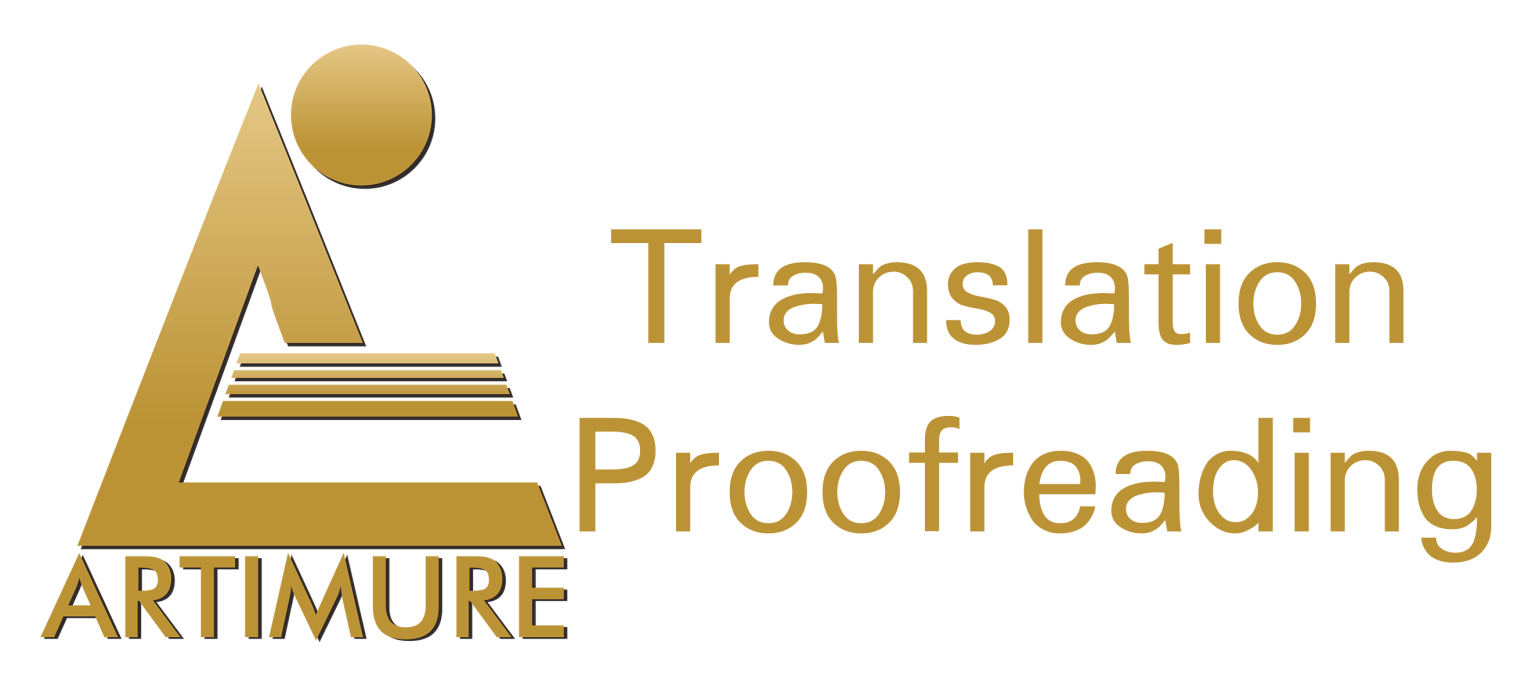Exploring Role model, Parenting and Juvenile Delinquents in the Selected Poems
DOI:
https://doi.org/10.31849/utamax.v2i3.5480Keywords:
Juvenile Delinquency, Antisocial behavior, Role model, Teaching and learning environmentAbstract
“What Children see, Children do”, role modeling is a momentous progression in child’s life. All children have role model at some point in their lives. The point is who they see as their model. This may seem trivial whereas it creates an enormous impression on the impending behaviour and resolutions of the child. It is important for a child to have a social life. Peer and community may also affect the antisocial behaviour of a child. If a child is antisocial or excluded by the peer group, this may lead to stress, apprehension and downheartedness and may even shoddier psychological disturbances. This escalates the risk of crime among juveniles. There are various reasons for delinquency it can be psychological, economic, political and social. This paper tries to answer the questions, whether Juvenile Delinquency is a social issue and how it can be recognized in the teaching or learning environment and what are the implications of Juvenile Delinquency for teachers and students. It also analyses role modeling and parenting in the selected poems in the anthology titled Teen Poems from behind Bars poems written by youth at Denney Justice Center in Everett, Washington.
References
Abrams, D.E. (2003). A Very Special Place in Life:The History of Juvenile Justice in Missouri. Jefferson City: Missouri Juvenile Justice Association.
American Bar Association. (1968). Standards on Criminal Justice. Washington, DC: American Bar Association.
American Civil Liberties Union. (2013). Alone & Afraid: Children Held in Solitary Confinement and Isolation in Juvenile Detention and Correctional Facilities. New York: American Civil Liberties Union.
Anwar, A., & Derin, T. (2019). Early Childhood Education and Its Correlation with Crime: A Review. Utamax: Journal of Ultimate Research and Trends in Education, 1(1), 13-17.
Anwar, A., Derin, T., Yudar, R. S., Putri, N. S., & Jazzawi, I. (2020). Delivering Positive Message Through# BaliAman Vlog: President Joko Widodo’s Communication Strategy. Journal of Election and Leadership, 1(1).
Agnew, R., & Brezina, T. (2012). Juvenile Delinquency: Causes and Control. New York: Oxford University Press.
Bandura, A. (1986). Social foundations of thought and action: A Social Cognitive Theory. Upper Saddle River, NJ: Prentice Hall.
Baumrind, D. (1985). Familial antecedents of adolescent drug use: A developmentalperspective. NIDA Research Monograph Series, 56, 13-44.
Baumrind, D. (1991). The influence of parenting style on adolescent competence and substance use. Journal of Early Adolescence, 11(1), 56-95.
Bernard, T.J. (1992). The Cycle of Juvenile Justice. New York: Oxford University Press.
Butts, J.A., and Evans, D.N. (2011, September). Resolution, Reinvestment, and Realignment: Three Strategies for Changing Juvenile Justice. New York: Research and Evaluation Center.
Doherty, B. (1998, May 31). When kids kill: Blame those who pull trigger. Milwaukee Journal Sentinel.
Fernandez, R. and Rainey, H.G. (2006). Managing successful organizational change in the publicsector: An agenda for research practice. Public Administration Review, 66(2),168-176.
Fletcher A, Steinberg L, and Sellers E. (1999). Adolescents well-being as a function of perceived inter-parent inconsistency. Journal of Marriage and the Family, 61, 300-310
Grindle, M.S., and Hilderbrand, M.E. (1995). Building sustainable capacity in the public sector: What can be done? Public Administration & Development, 15, 5.
Harbert, A., Finnegan, D., and Tyler, N. (1997). Collaboration: A study of a children’s initiative. Administration in Social Work, 21(3-4), 83-107.
Hayes, C. (2002). Thinking Broadly: Financing Strategies for Comprehensive Child and Family Initiatives. Washington, DC: The Finance Project.
Howell, J.C. (1997). Juvenile Justice and Youth Violence. Thousand Oaks, CA: Sage.
Kimani, A. (2010). Influence of Family Structure on Juvenile Delinquency in Nakaru Children’s Remand Home. University of Nairobi.
Lamborn, S. D., Mounts, N. S., Steinberg, L., & Dornbusch, S. M. (1991). Patterns of competence and adjustment among adolescents from authoritative, authoritarian, indulgent, and neglectful families. Child development, 62(5), 1049-1065.
Loeber, R., & Farrington, D. P. (2000). Young children who commit crime: Epidemiology, developmental origins, risk factors, early interventions, and policy implications. Development and psychopathology, 12(4), 737-762.
Osorio A., & Gonzalez- Camara M. (2016). Testing the alleged superiority of the indulgent parenting style among Spanish Adolescents. Psicothema. 28(4), 414-420.
Piotrowski JT, Lappierre MA, Linebarger DL. (2013). Investigating Correlates of Self Regulation in Early Childhood with a Representative Sample of English Speaking American Families. J Child Family Studies, 22(3), 423- 436.
Pleiss, M.K., & Feldhusen, J.F. (1995). Mentors, and heroes in the lives of gifted children. Educational Psychologist, 30, 159-169.
Poduthase, H. (2012). Adolescent Relationship and Juvenile Delinquency in Kerala, India: A Qualitative Study, 5-22.
Rahman, F. (2019, February). Save the world versus man-made disaster: A cultural perspective. In IOP Conference Series: Earth and Environmental Science (Vol. 235, p. 012071).
Robertson, A. (2005). Including parents, foster parents and parenting caregivers in the assessments and interventions of young children placed in the foster care system. Children and Youth Services Review, 28, 180-192.
Shoemaker, D. J. (2013). Juvenile Delinquency. Second edition. Lanham: Rowman & Littlefield Publishers, Inc.
Siegel, L.J., & Welsh, B. (2014). Juvenile Delinquency: The core.
Steinberg, L., and Monahan, K.C. (2007). Age differences in resistance to peer influence. Developmental Psychology, 43(6), 1531-1543.
Steinberg, L., and Scott, E.S. (2003). Less guilty by reason of adolescence: Developmental immaturity, diminished responsibility, and the juvenile death penalty. American Psychologist, 58(12), 1009-1018.
Tanner-Smith, E. E., Lipsey, M. W., & Wilson, D. B. (2016). Juvenile drug court effects on recidivism and drug use: a systematic review and meta-analysis. Journal of Experimental Criminology, 12(4), 477-513.
Weitzer, K.R. (2002). Are effective teachers like good parents? Teaching styles and student adjustment in early adolescence. Child Development, 73(1), 287-301.










